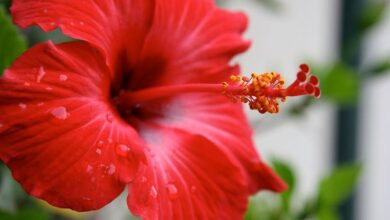Fig – Ficus carica
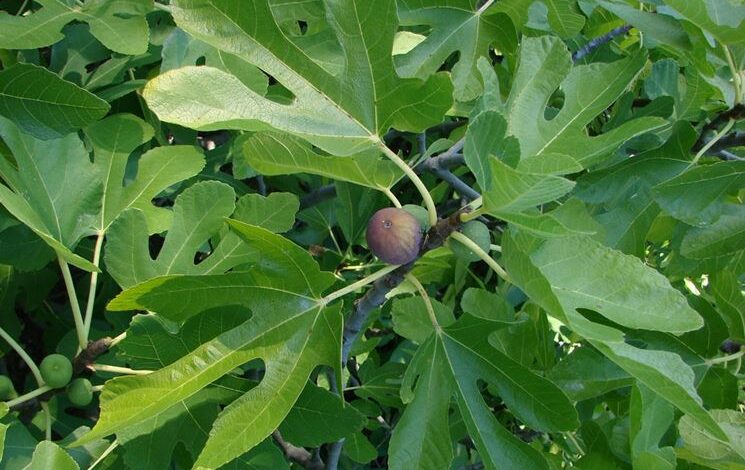
Generality
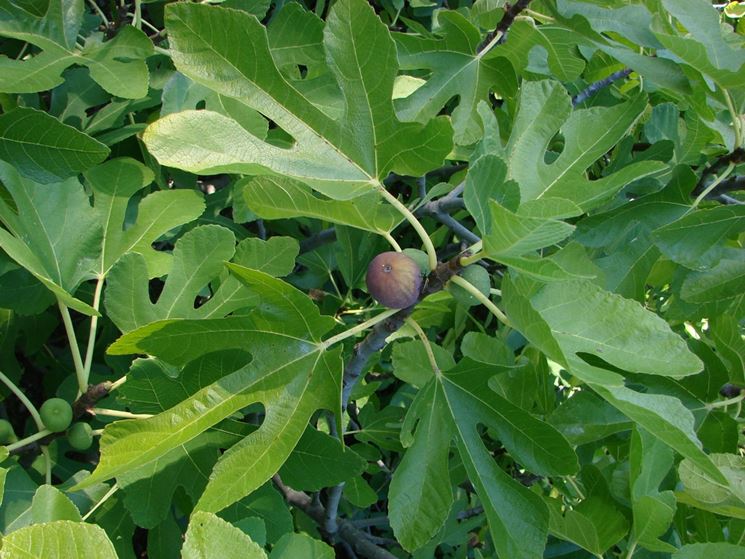
Floral biology
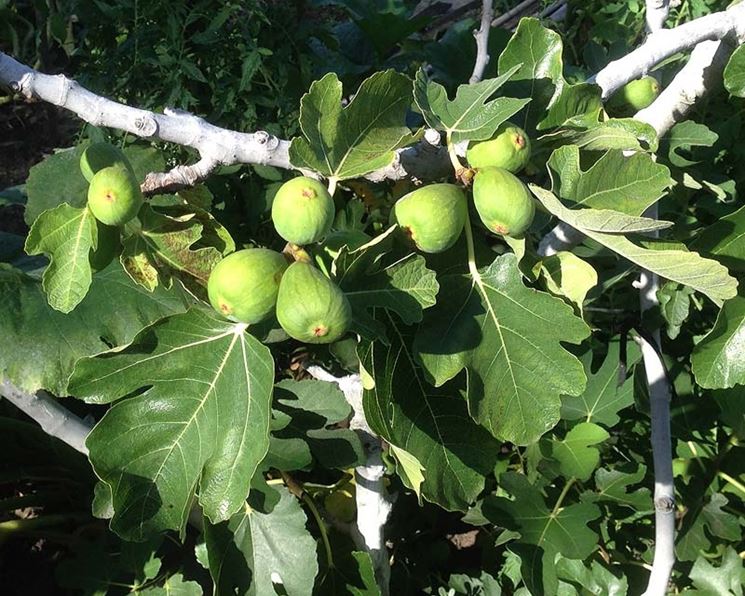
The inflorescence, called syconium, is formed by a firm receptacle, which once fertilized becomes the fruit (false fruit because the fruits are the achenes inside) rich in sugars, containing unisexual flowers, at the top it has a small hole called ostiolo . The domestic fig has only female flowers (long-styled), for which it is also called female fig, it has three types of fruit: the fioroni or early figs, the real or supplied figs and the cimaruoli. The former originate in autumn and ripen in July of the following year, the real figs are formed in spring and are harvested in August-September and the cimaruoli are produced from apical buds formed in summer and ripen in late autumn. The honeysuckle has male flowers that produce pollen, for this reason it is also called a male fig, and female flowers (short-styled) modified by a very small wasp (Blastophaga psenes) which lives in the ovaries and carries out fertilization, also known as caprification, transporting pollen from the honeysuckle to the female fig; it should be remembered that the fruits of the first are not edible.
Variety
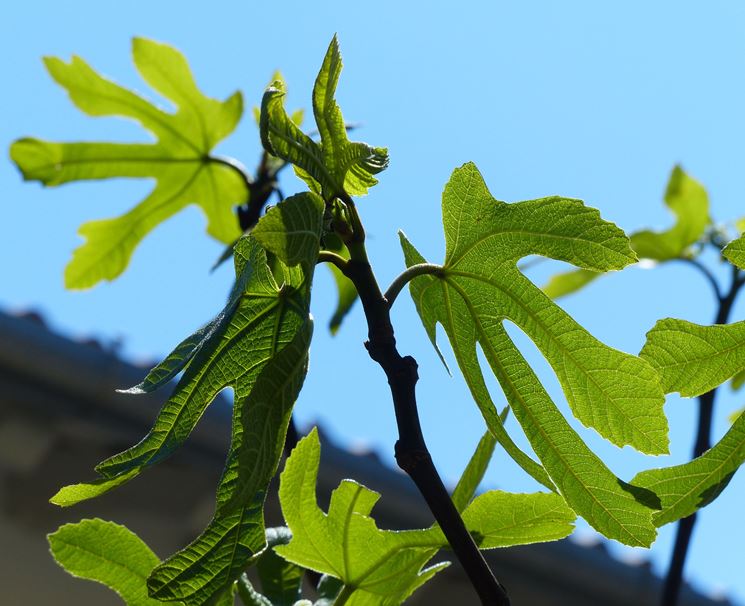
Fig cultivars are distinguished from each other according to different parameters: production, color, shape of the fruit and destination of the product. On the basis of the first parameter there are the unifere varieties, which produce only real figs and the two-leaved ones, which give life to both the fioroni and the supplied ones. The production of cimaruoli is limited to areas where the summer is very long and the climate is particularly hot. The main Italian unifere cultivars are: Marchesano, Cantano, Pazzo, Coppa, Meloncello, Arneo, Dellapen, Brogiotto nero, Negretta, Pissaluto and Verdino. Among the two-leaved ones we remember Piombinese, Fracazzano, Sessune and Napoletano. The Dottato and Del Vescovo varieties are parthenocarpic, so their fruits ripen even without fertilization by the wasp. The fruits can have a white or greenish and purplish or black color and a flattened spherical shape and elongated pear-shaped. Figs can be eaten fresh or intended for drying, in the latter case the cultivars are characterized by early ripening, with the production of white products, intact, resistant and elastic skin, dense and sugary pulp.
Climate and terrain
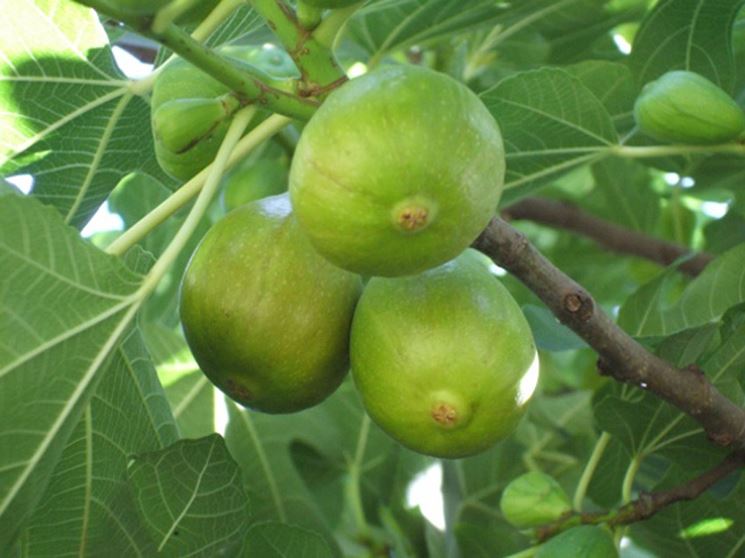
The ideal climates for fig cultivation are warm temperate ones, the same required by citrus and olive trees; winter temperatures below – 8 ° C can damage the buds and the branches of one year, it resists without problems to salty winds and drought. The continuous rains and hailstorms cause damage to the ripening fruits that crack and tend to sour. The fig prefers loose soils, fresh, deep and well endowed with organic substance, it grows well even on poor, stony and calcareous soils, while it avoids those that are too clayey and humid. This species is mainly cultivated in the Mediterranean basin, in Italy especially in Campania, Puglia, Abruzzo, Calabria, Sicily and Tuscany.

